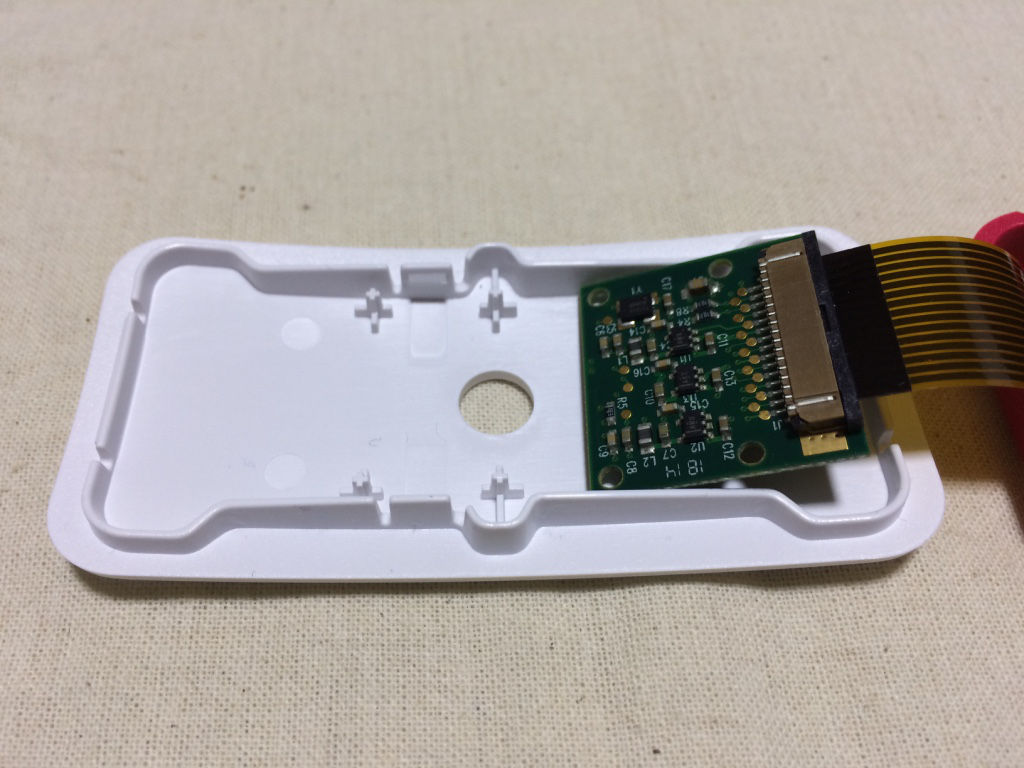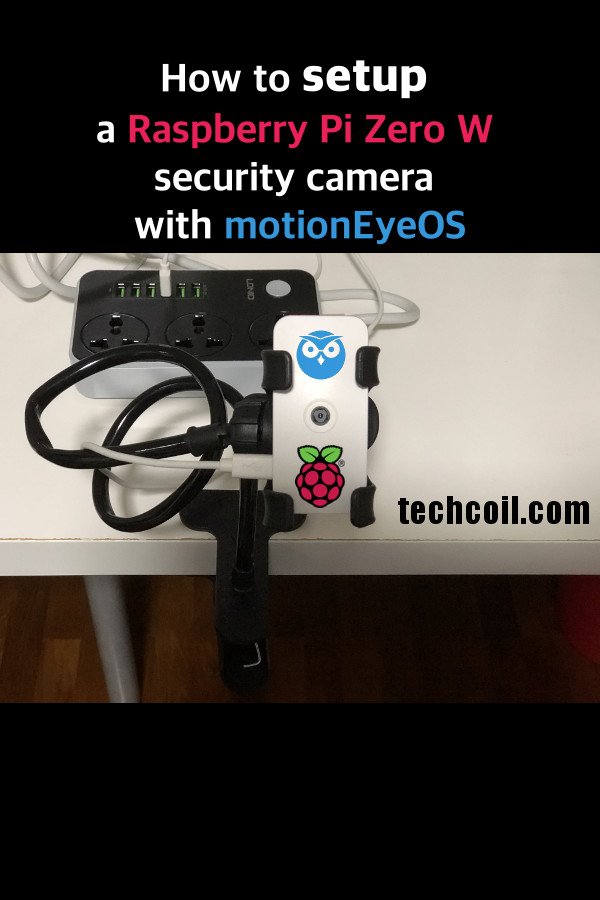
The one I purchased above was already formatted in FAT32. You can download it here from the Raspberry Pi website by selecting “Download ZIP”. I decided to use the Raspbian Jessie Lite distribution for my setup since it’s a smaller SD card and there won’t be any GUI. Also, you get the reward of building something yourself with greater control. For my purposes, and where they’ll be placed, I don’t need that type of functionality. Some of them even have 2-way audio which I use to keep tabs on my dogs and general security. If you’re looking for something with more features, you can purchase indoor wireless IP camera’s online.

Insert SD card into your Raspberry Pi 2 or 3 (with a tested and working internet connection).Open Boot folder on the SD Card and update the octopi-network.txt file with ssid and psk fields (Removing # on the 3 wifi entries).We like to use Etcher as it's quick, easy and works flawlessly. It's really easy but you'll need a Raspberry Pi 2 or 3 with a tested and working internet connnection.ĭownload the Octoprint image and write to your SD card.


We recently decided to try Octoprint on a Raspberry Pi Zero W with camera but the current Octoprint image just doesn't work on the Pi Zero W without additional config.


 0 kommentar(er)
0 kommentar(er)
